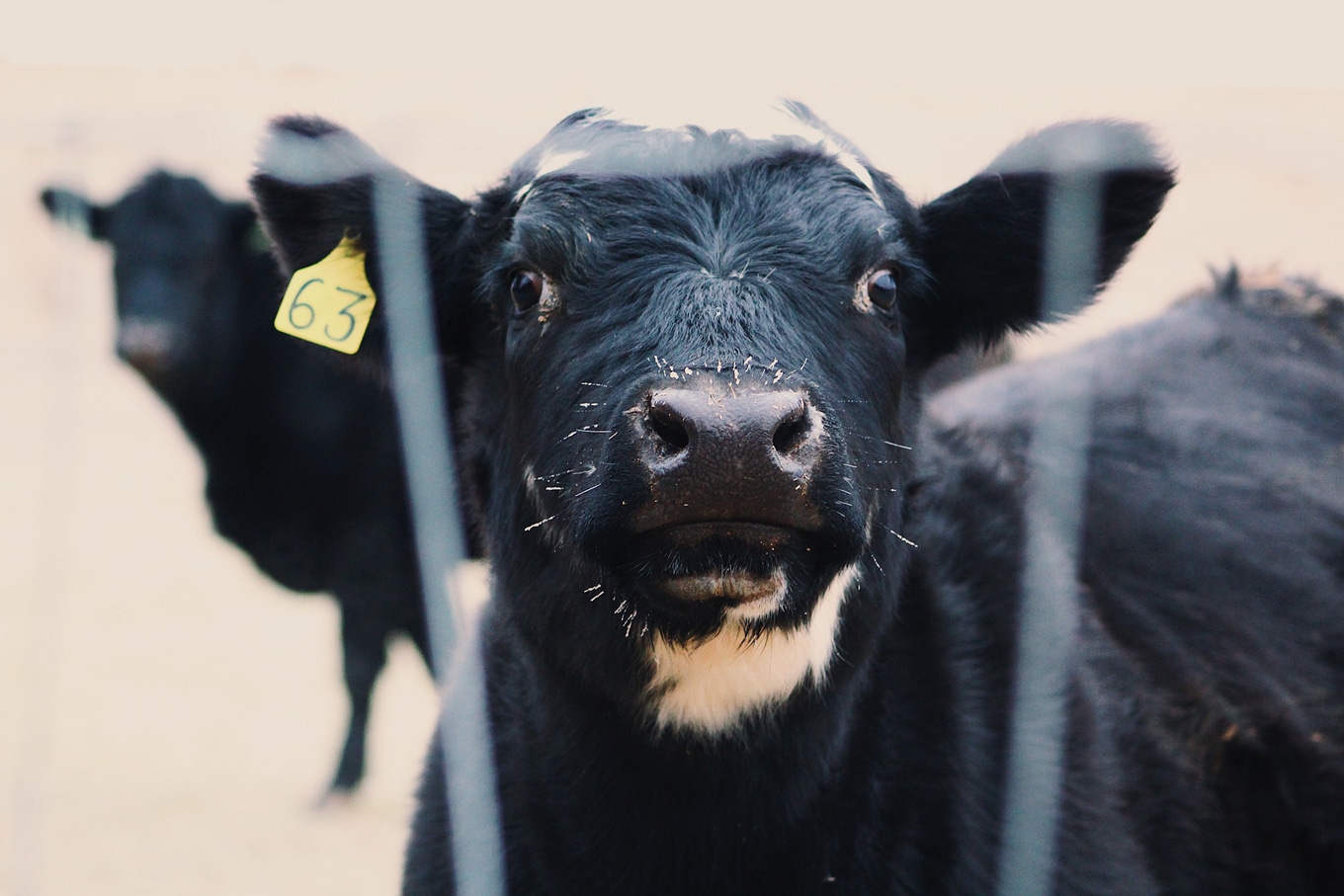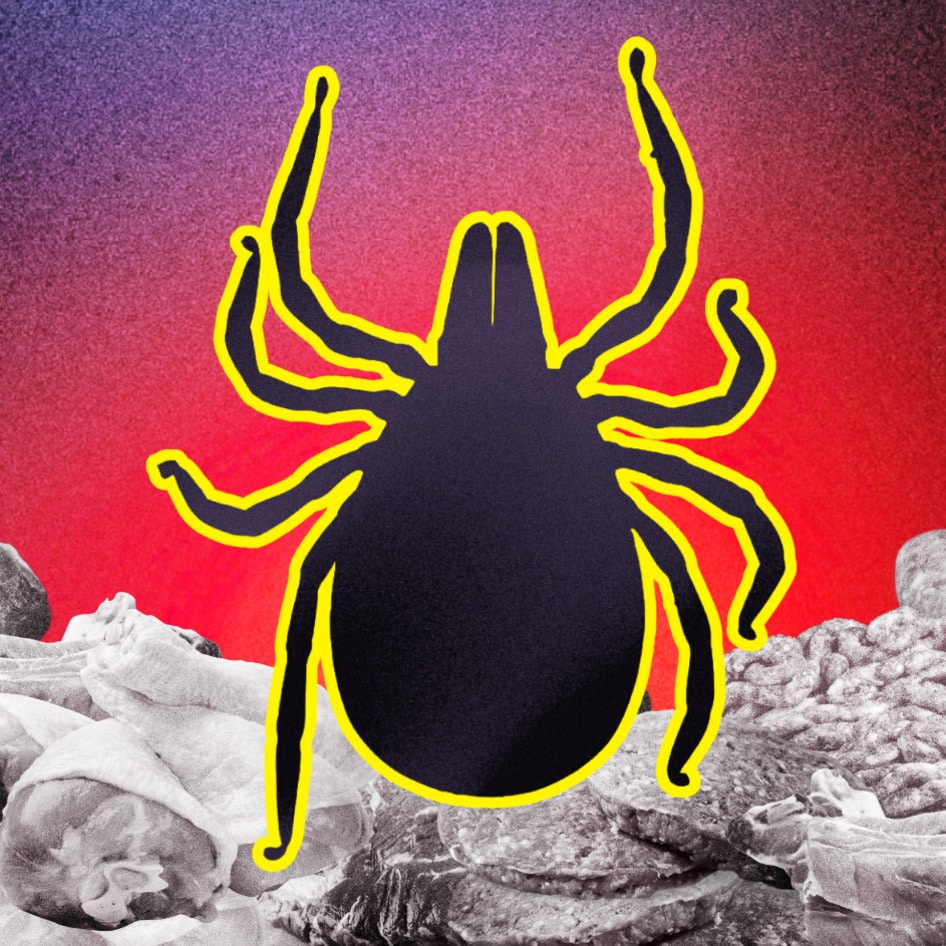E.coli found in meat may be responsible for hundreds of thousands of urinary tract infections (UTIs) in the United States every year, according to new research. Published in the scientific journal One Health, the study examined a strain of the bacteria called FZECs (food-borne zoonotic E.coli).
The team of scientists, led by Lance Price and Cindy Liu from the George Washington University (GWU) Milken Institute School of Public Health, developed a new genomic approach for tracking the origins of E. coli infections. Using this method, the team estimated that between 480,000 and 640,000 UTIs in the United States each year may be caused by foodborne E. coli strains.
E. coli can live in and infect people and animals, including animals raised for meat in the US. When animals are slaughtered for food, the bacteria that inhabit their guts—including E. coli—can contaminate the meat products and put people at risk for exposure.
 Stefa Nikolic
Stefa Nikolic
Data from the US Food and Drug Administration (FDA) suggests that a majority of raw meat products are contaminated with E. coli. Currently, only specific types of diarrhea-causing E. coli are monitored with any seriousness in the US, but this new research suggests that other strains may also pose serious health risks.
“We’re used to the idea that foodborne E. coli can cause outbreaks of diarrhea, but the concept of foodborne E. coli causing urinary tract infections seems strange—that is, until you recognize that raw meat is often riddled with the E. coli strains that cause these infections,” Price, professor of environmental and occupational health and the founder and co-director of the GWU Antibiotic Resistance Action Center, said in a statement.
“Our study provides compelling evidence that dangerous E. coli strains are making their way from food animals to people through the food supply and making people sick—sometimes really sick.”
Meat contaminated with E.coli
In this study, the researchers collected raw chicken, turkey, and pork purchased from major grocery store chains in Flagstaff, AZ and isolated E. coli from the meat samples. At the same time, the researchers collected urine and blood E. coli isolates from patients hospitalized for UTIs at Northern Arizona Healthcare’s Flagstaff Medical Center.
 Adobe Stock
Adobe Stock
By analyzing the genomes of E. coli from meat and those from patients, the research team identified segments of E. coli DNA unique to strains that colonize food animals rather than humans, then developed a new predictive model to differentiate E. coli from the two sources.
Previous work by the same team, investigating a single sequence type of E. coli, had linked contaminated meat to UTIs. In the latest study, the team used their new predictive model to look at all E. coli sequence types and showed that about 8 percent of E. coli urinary tract infections in the Flagstaff area could be attributed to meat. This was translated to a national figure of about 480,000 and 640,000 UTIs each year.
The foodborne E. coli strains identified in the current study not only were associated with UTIs, but also were capable of leading to serious kidney and bloodstream infections. Left unchecked, E. coli bloodstream infections can be deadly. It is estimated that between 36,000 and 40,000 people die from E. coli bloodstream infections in the US each year, but it is currently not known what portion of these originate from foodborne exposures.
“People often dismiss bladder infections as minor annoyances, but the bladder is a major gateway to patients’ kidneys and bloodstream,” Liu, associate professor of environmental and occupational health at GWU and co-director of the GWU Antibiotic Resistance Action Center, said in a statement.
“People over 55 and vulnerable populations such as cancer and transplant patients are at the highest risk for life-threatening blood infections, but young, healthy people are also at risk,” Liu said.
The health dangers of eating meat
The study points out the potential dangers of selling, handling, and eating meat. Another study published in 2017 also found that chicken meat is responsible for the most foodborne illness outbreaks, and campylobacter and salmonella infections (which are caused by bacteria in chicken) are on the increase.
Similarly, animal agriculture is said to be a breeding ground for future pandemics caused by zoonotic disease, similar to COVID-19, H5N1 (avian flu) and H1N1 (swine flu), among others. The current COVID-19 pandemic is thought to have originated from a “wet” animal market in Wuhan, China, where wild and domesticated animals are slaughtered.
 Pexels
Pexels
The best way to fight such zoonotic disease and other health issues is to lower the consumption of animals, a report published in the Royal Society Open Science suggested.
“One approach proposed to reduce [emerging infectious disease] risks is to dramatically reduce meat consumption,” the report stated. “In the extreme, this could allow widespread restoration of natural habitats, increasing the health of wild populations while also greatly reducing opportunities for transmission to livestock and people—hence reducing the risks of disease emergence,” the report explains.
For the latest vegan news, read:
JUMP TO ... Latest News | Recipes | Guides | Health | Subscribe









